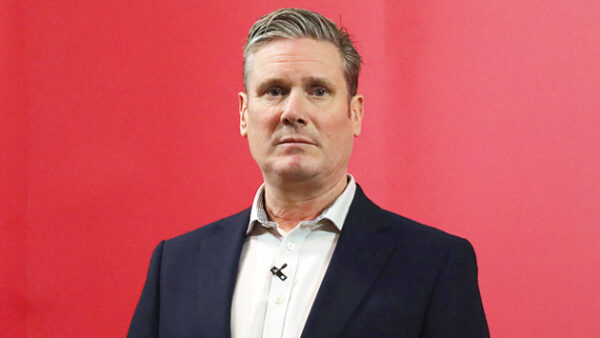
Firefighters have called for the government’s ban on combustible cladding to apply to all buildings
Hackitt: ‘Drive value engineering out of construction’
CM 05/10
If there is a problem with value engineering, it is that it gets decided between project managers (who more often than not have no design background), quantity surveyors (who only know about money), and clients who know little other than what their PM and QS tell them.
John
It’s interesting that Ms Hackitt is using the term incorrectly just as the industry does! What she wants to drive out is “cost thuggery” which isn’t in the subject of value management.
Vaughan Burnand
Ms Hackitt is using our terminology so we won’t be confused. We call cost cutting “value engineering” – a posh phrase that makes us sound more intelligent. Sadly we are not – the process is, more often than not, cost cutting of the crudest form.
Brian Murphy
The reality is that the industry is setting client expectations and ignoring the sustainability of the finished building. Perhaps if we exchanged “value engineering” for “sustainable performance engineering”, we might change both industry practice and client expectations.
John Hesketh
It is a shame that such a high-profile person is allowed to use this term. It is apparent that she does not understand the term correctly. I come across this frequently. Value engineering is not cost cutting.
Keith Bennett
The problem in the public sector is an inability to define value. Anybody can define cash or cost, but a true definition of value requires far wider consideration. Value engineering should not be written off; instead it should be included as part of our professional training.
Michael Ian Watts
Firefighters question cladding ban 18m rule
CM 03/10
An 18m-tall building, residential or commercial, is between five to seven storeys. The risk of fire due to combustible cladding materials appears to me to be just as dangerous at 18m as a high-rise building.
A multi-storey aged persons home, hospital or similar building cannot be evacuated quickly. If the insurance companies refuse as a group to insure buildings with combustible cladding, the 18m height becomes irrelevant irrespective of what the regulations state.
George Tipping
Ill-informed decisions are always dangerous. Before instant fixes are introduced can anyone confirm that the specification met the existing requirements of the Building Regulation/Approved Documents, that construction was in accord with both regulations and the specification, and was certified as such on completion?
David Routledge
Willmott Dixon trials ‘bionic’ vest
CM 04/10
I recall these type of vests being presented at the Vinci Innovation Awards in Paris in 2015.
They are not just for lifting heavy loads. Vinci Construction in France used the vests for tasks where the operative had to sustain long periods of operating tools above one’s head, such as sanding a ceiling when undertaking renovation works.
They received excellent feedback from the users regarding reduction of musculoskeletal issues and general fatigue. Further research and development of these vests is to be commended.
Alan Blunden
Certainly beats people having to give their jobs to robots.
Sheila
Kier a ‘poor payer’, MPs told
CM 10/10
Sir Maurice Laing [former John Laing director] once said: “I know we are one of the largest construction companies in the UK, but understand this, we need the subcontractors more than they need us. Might, in this case, is not right and does not have the upper hand.”
Adrian Coppin
I am sorry but having endured both sides of this situation, I can say that only prompt payments indicate a solvent employer. One miss, well ok, two misses, extreme caution, three misses, off down the road, get out while you can and stay in front.
Nicholas Everett
When will they stop claiming that contractors can get paid early via payment schemes. These are just an arrangement between the bank and the big boys and allow them to take a cut of the value from the SME when all they want is their invoice paid.
Mark
Comments
Comments are closed.











Value Engineering correctly undertaken isn’t simply cost cutting.
Ensuring the level of performance is maintained for the relevant element or component is paramount.
Value Engineering should be an ongoing exercise between Architect & QS throughout the design process – to ensure the optimum solution is made between desirability, maintenance profile & cost – not just as a belated post-tender scramble.
A simple example of positive VE would be reviewing a proposed cast insitu concrete frame design with structural steel. In most cases structural steel will meet the required performance with significant time savings & programme advantages, whilst also removing a potential future external maintenance issue.